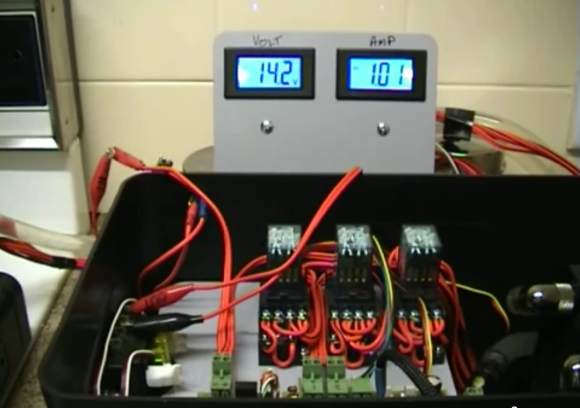Regular matches are fine for lighting candles and the like, but they’re a bit small and fiddly to use. After seeing some giant prop matches used in a stage play, [Handy Bear] decided to see if they could build some functional extra-large matches at home.
The build starts with a square wooden dowel, cut into lengths to serve as the main body of the matches. Regular tiny matches were then harvested for their flammable matchheads, made of potassium chlorate. Sourcing the material this way is far simpler than attempting a chemical synthesis from raw materials. Once roughly ground, the material was glued on to the end of the wooden rod to finish the match. [Handy Bear] then whipped up a giant matchbox to suit, using the ignition strips from multiple smaller matchboxes in the process.
Impressively, the monster matches work, and work well. They readily ignite when struck, and are able to keep a strong flame burning for some time. However they’re not quite potent enough to fully ignite the wood, so they don’t burn down like the real thing. We could see these being a great way to light a campfire with less hassle than regular matches, even if they are a bulky solution to the problem.
Continue reading “Scaled-Up Matches Are Hilarious And Moderately Effective”












